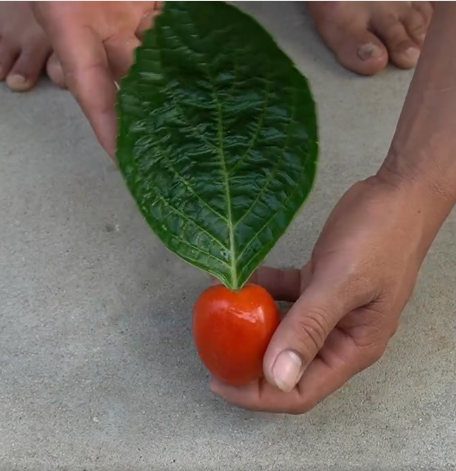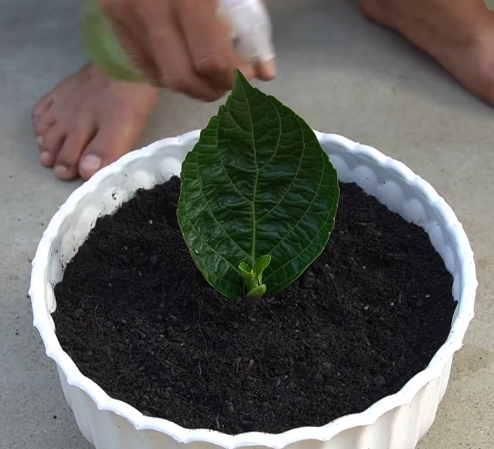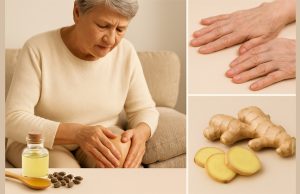
If you like flowers, plants and having a beautiful garden, in this guide we will delve into hydrangeas , one of the flowers most beautiful and expected of spring and summer. Hydrangeas are shrubs that grow quite easily .
It is important to know that it is a plant that prefers shade or areas with little sun to live, that is, areas where it does not receives direct sunlight . Light, yes, not full sun because it will burn its leaves and prevent flowering or dry out the flowers quickly.
The temperature at which hydrangeas grow and develop is wide. In any case it is important to avoid exposing them to temperatures below -5ºC and above 30ºC. Extreme temperatures will cause them to freeze or burn and as a result, they will not bloom. It is very important that, as we said before, they enjoy natural light, preferably in the dark.
How to plant hydrangeas in pots, this is what you need

Remember that hydrangeas are shrubs. This implies a great growth, in fact they can reach up to 3 meters in height . To plant hydrangeas, an important tip is to plant them in pots of at least 30 centimeters in diameter or the typical long planters. (minimum about 60 x 25 cm).
Hydrangeas have many roots and require a lot of water, so a smaller pot will be uncomfortable. When you plant them, make a very large hole in the soil , put the plant in the pot and fill it halfway with the substrate. Water so that the soil is compacted, then fill it with substrate to the top. Water again. If with the first watering the substrate becomes compacted and loses a little level, it is advisable to add a little more substrate to cover any stubborn roots that may have formed.
Watering hydrangeas, how to do it right

As important as the light conditions, or more, is the need to water the hydrangea . This plant requires a lot of water .
Irrigation in spring and summer should be practically daily . The objective is to keep the substrate moist .
The preferred water for hydrangeas is rainwater . In the absence of rainwater, distilled water is recommended. Tap water, especially the more calcareous ones, is not very good, as it can cause a lack of iron in the substrate and the subsequent a> .yellowing of the leaves
Early morning or late afternoon (or evening) are the best times to water hydrangeas. In short, when the sun does not shine since the evaporation of water can cause burns on the foliage.
From time to time , it is advisable to spray water on the hydrangea leaves to provide them with moisture. In any case, it must be done when the sun sets so that its rays do not create a mirror effect that burns the leaves of the plant.
Yellow hydrangea leaves, it is important to use a specific fertilizer

Since the hydrangea needs to be watered regularly, this will cause dilution of nutrients in the substrate, that is, we must periodically add nutrients to the substrate. The most suitable fertilizers are specific for hydrangeas, but you can also use a slow release fertilizer. In any case, if the leaves turn yellow , especially the new ones, it will be because of the < a i=9>lack of iron , so it is advisable to immediately apply an iron chelate.
How to prune hydrangeas for abundant flowering
Pruning hydrangeas every year is essential so that each year our plant is healthy and continues to bloom. Pruning hydrangeas should be done immediately after winter , to prevent frost from damaging the plant. A pruning cut is like a small infected wound on the plant and frost can damage it.
To perform pruning it is essential to distinguish the types of branches. Depending on the type of branch, they will have to be cut or not, and they will be cut in one way or another. In any case, the branches should be cut at an angle of 45º. The branches that bloomed the previous year should be cut by a third, a couple of centimeters above some buds. As for flowers that are drying , our advice is to cut them as soon as they have withered so that the plant does not lose strength unnecessarily.




















